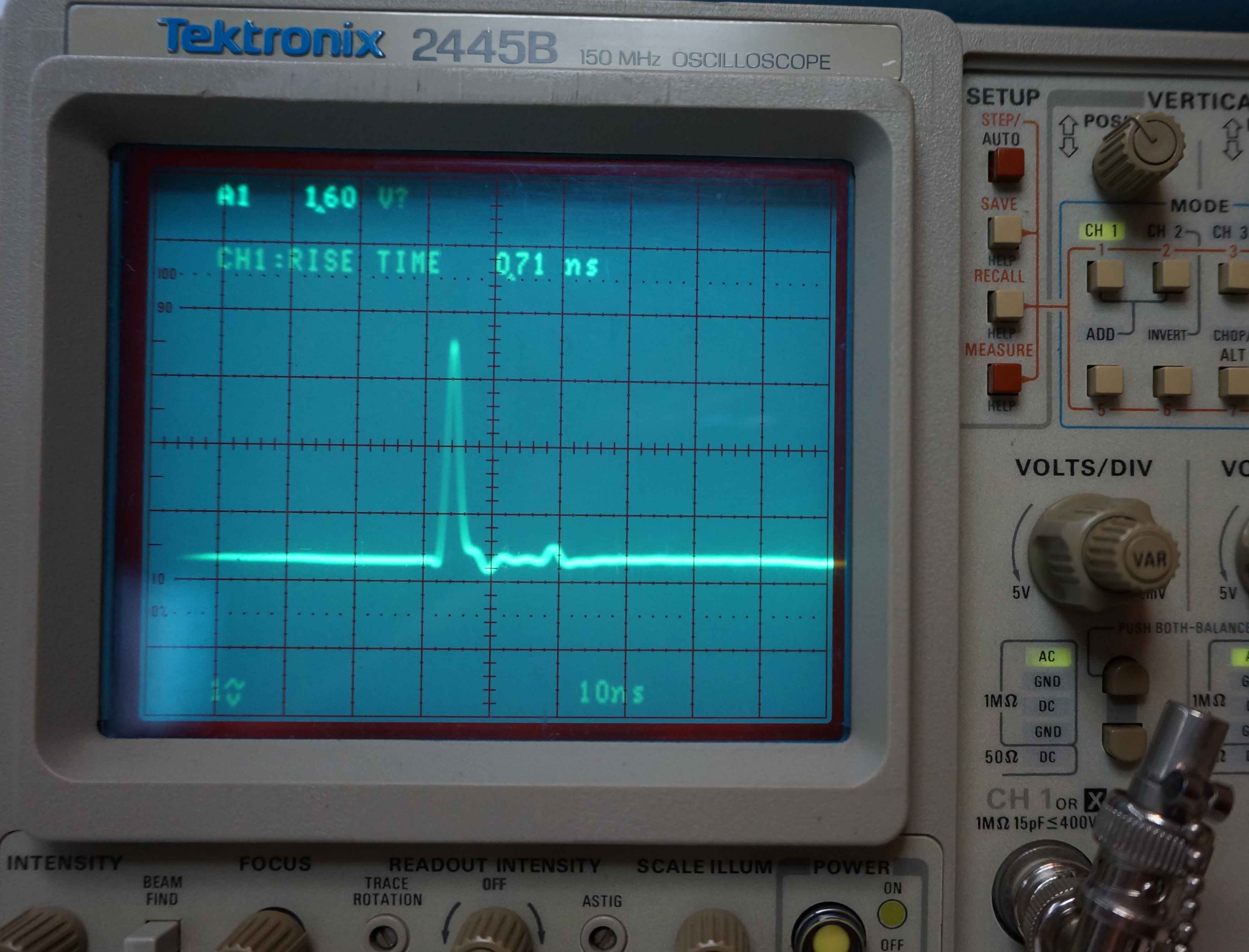Row 11 is "-", or ground. Moving the cap lead there shorts it and, basically, removes it from the circuit. The cap's lead needs to be in either row 12 or 13.
Also, might be time for a new battery.
And, again, forget the diode for now. You're worrying this death.
I moved it to row 13 the pin in between the small red lead and the other capacitor. however it does not work and the motor just runs atw until i off the motors. the time delay didnt work
But when i moved it back to row 11 the time delay worked but its around 19secs.
haha that diode scared me for that moment because everything was working fine until i tried w the diode and it suddenly does not work anymore. but ofc i would like it to have a fixed delay

![IMG_2271[1].JPG](/data/attachments/96/96200-cc35cf069e659cb6d8a476a2fa770b25.jpg)


